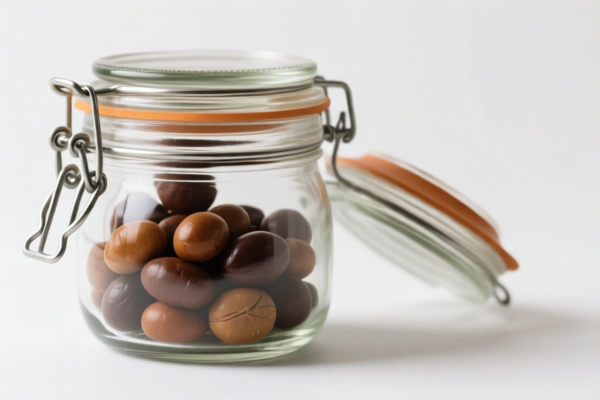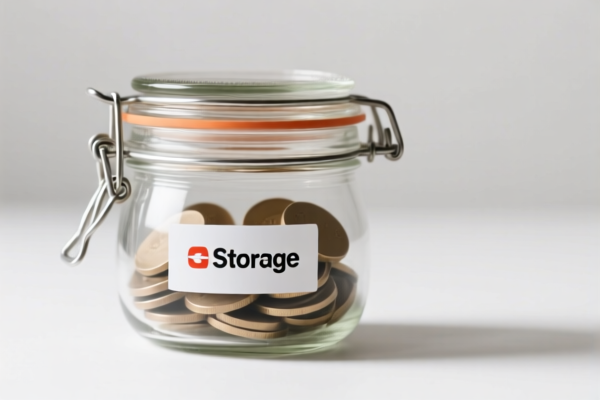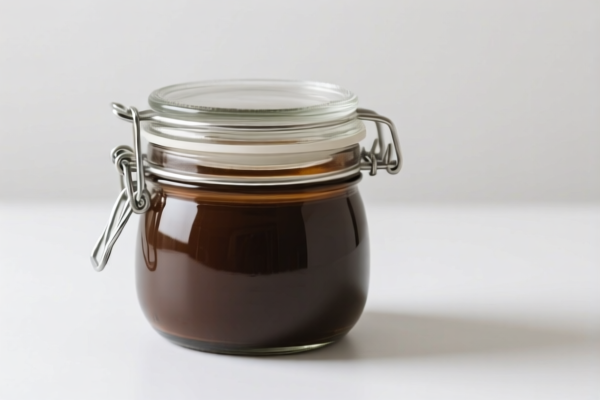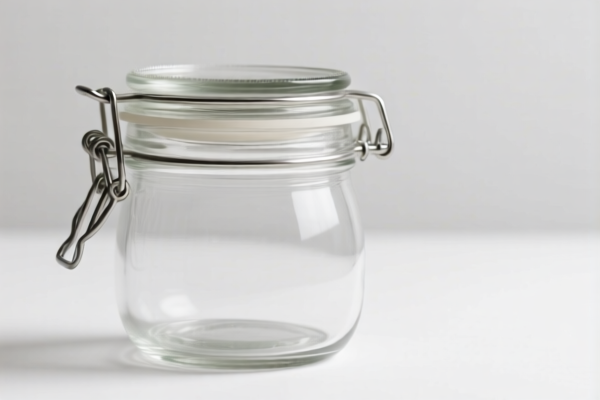| HS Code | Official Doc | Tariff Rate | Origin | Destination | Effective Date |
|---|---|---|---|---|---|
| 7010905055 | Doc | 55.0% | CN | US | 2025-05-12 |
| 3923300090 | Doc | 58.0% | CN | US | 2025-05-12 |
| 6909900000 | Doc | 59.0% | CN | US | 2025-05-12 |




Okay, let's break down the classification and tax implications for your "STORAGE JARS" based on the provided HS codes. Here's a detailed analysis to help you understand the best way to declare your goods:
Understanding HS Codes & Structure
Before we dive into specifics, remember that HS codes are standardized internationally. The first 6 digits define the product category, and the following digits provide more specific details. Here's a general idea of what each section means:
- Chapter 70 (Glass and Glassware): Deals with products made of glass.
- Chapter 39 (Plastics and Articles Thereof): Covers items made of plastic.
- Chapter 69 (Ceramic Products): Includes ceramic items.
Detailed Analysis of Your HS Codes
Let's examine each code individually:
1. HS Code: 7010.90.50.55 – Glass Containers (Small Capacity)
- 70: Glass and Glassware
- 10: Containers for conveyance or packing of goods; preserving jars of glass; stoppers, lids and other closures, of glass.
- 90: Other containers (with or without their closures)
- 50: Of a capacity not exceeding 0.118 liter
-
55: (Further specification - often country-specific, may relate to a specific tax rate or regulation)
- Description: This code is for small glass containers (under 0.118 liters) used for packing or preserving goods. This would include small jars, vials, and bottles.
- Tax:
- Basic Duty: 0.0%
- Additional Duty: 25.0%
- Post April 2, 2025: Additional Duty increases to 30.0%
- Total Tax: 55.0%
2. HS Code: 3923.30.00.90 – Plastic Containers
- 39: Plastics and articles thereof
- 23: Articles for the conveyance or packing of goods, of plastics; stoppers, lids, caps and other closures, of plastics
- 30: Carboys, bottles, flasks and similar articles
- 00: Other
-
90: (Further specification)
- Description: This code covers plastic containers (carboys, bottles, flasks, etc.) used for packing or conveying goods.
- Tax:
- Basic Duty: 3.0%
- Additional Duty: 25.0%
- Post April 2, 2025: Additional Duty increases to 30.0%
- Total Tax: 58.0%
3. HS Code: 6909.90.00.00 – Ceramic Containers
- 69: Ceramic products
- 09: Ceramic wares for laboratory, chemical or other technical uses; ceramic troughs, tubs and similar receptacles of a kind used in agriculture; ceramic pots, jars and similar articles of a kind used for the conveyance or packing of goods
- 90: Other
-
00: Other
- Description: This code is for ceramic containers (pots, jars, etc.) used for packing, conveying goods, or for laboratory/technical purposes.
- Tax:
- Basic Duty: 4.0%
- Additional Duty: 25.0%
- Post April 2, 2025: Additional Duty increases to 30.0%
- Total Tax: 59.0%
Recommendations & Important Considerations:
-
Material is Key: The material of your jars is the most important factor in determining the correct HS code. Are they glass, plastic, or ceramic?
-
Capacity Matters: For glass jars, the capacity (volume) is crucial. If your jars are over 0.118 liters, you'll need a different HS code within Chapter 70.
-
Intended Use: While all are "storage jars," consider the specific intended use. Are they for food, chemicals, laboratory use, or general packaging? This can sometimes influence the correct classification.
-
Post April 2, 2025 Duty Changes: Be aware of the upcoming duty increases. Factor this into your cost calculations.
-
Certification: Depending on the intended use of the jars (especially for food or chemicals), you may need specific certifications (e.g., food-grade certification, chemical resistance certification). Please verify the required certifications for your specific import destination and product application.
-
Single Declaration: If you are importing a mix of glass, plastic, and ceramic jars, you will likely need to declare them separately under their respective HS codes.
To help me refine the classification further, could you please provide the following information?
- What is the primary material of the jars? (Glass, plastic, ceramic, or other?)
- What is the typical capacity (volume) of the jars? (In milliliters or liters)
- What is the intended use of the jars? (e.g., food storage, chemical storage, general packaging, laboratory use)
- What is the single price of the jars? (This is important for customs valuation)
Disclaimer: I am an AI assistant and cannot provide definitive customs classification advice. This information is for general guidance only. It is always best to consult with a qualified customs broker or import specialist for accurate classification and compliance.
Customer Reviews
No reviews yet.